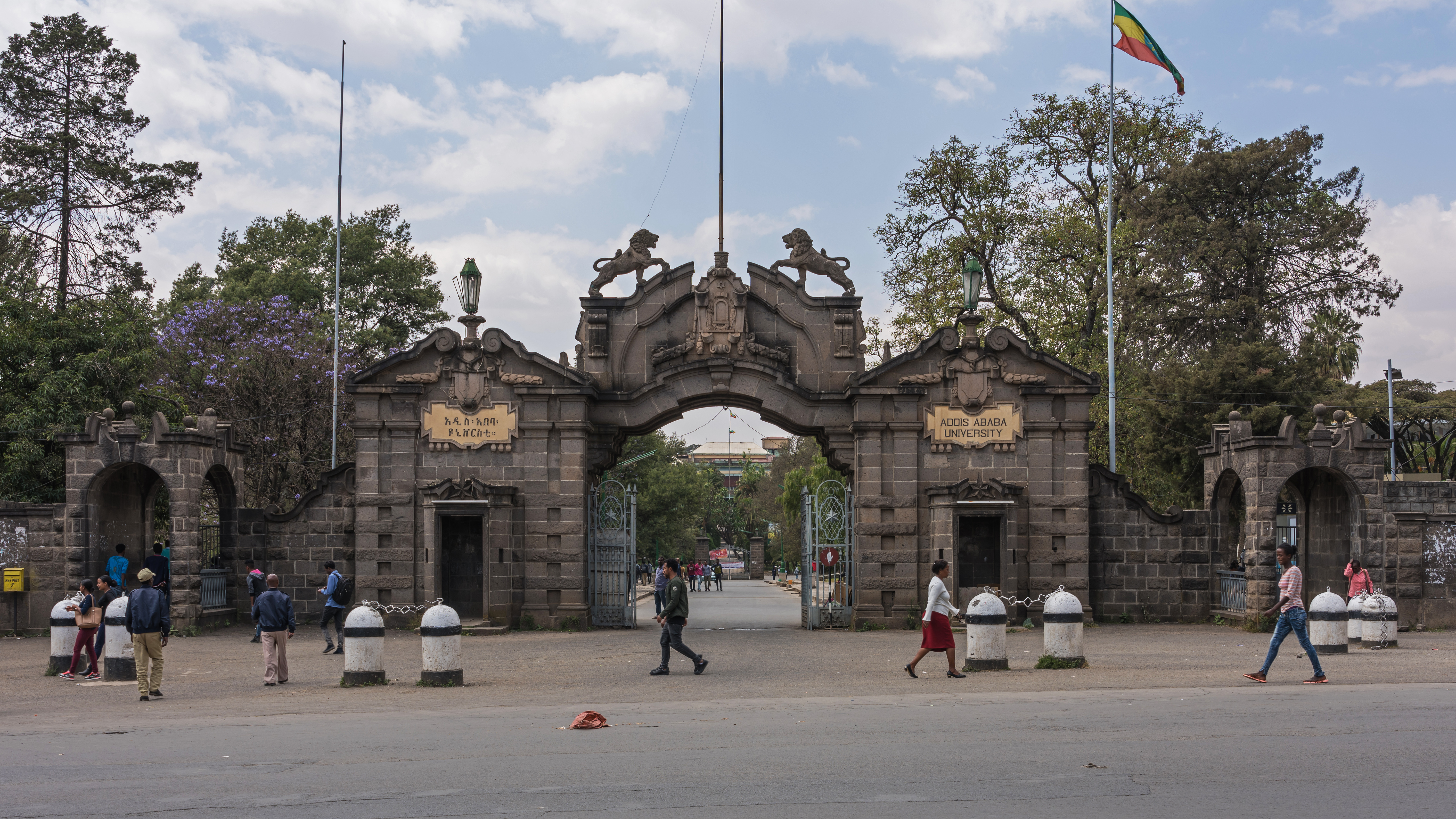|
Ethiopian Sign Languages
A number of Ethiopian sign languages have been used in various Ethiopian schools for the deaf since 1971, and at the primary level since 1956. Ethiopian Sign Language, presumably a national standard, is used in primary, secondary, and—at Addis Ababa University Addis Ababa University (AAU) ( am, አዲስ አበባ ዩኒቨርሲቲ) is a national university located in Addis Ababa, Ethiopia. It is the oldest university in Ethiopia. AAU has thirteen campuses. Twelve of these are situated in Addis Ababa, ...—tertiary education, and on national television. The Ethiopian Deaf Community uses the language as a marker of identity. References Bibliography *Abadi Tsegay. 2011. Offline Candidate Hand Gesture Selection And Trajectory Determination For Continuous Ethiopian Sign Language. MA thesis, Addis Ababa UniversityThesis download*Admasu, Yonas Fantahun, and Kumudha Raimond. "Ethiopian sign language recognition using Artificial Neural Network." In 2010 10th International Confere ... [...More Info...] [...Related Items...] OR: [Wikipedia] [Google] [Baidu] |
Ethiopia
Ethiopia, , om, Itiyoophiyaa, so, Itoobiya, ti, ኢትዮጵያ, Ítiyop'iya, aa, Itiyoppiya officially the Federal Democratic Republic of Ethiopia, is a landlocked country in the Horn of Africa. It shares borders with Eritrea to the north, Djibouti to the northeast, Somalia to the east and northeast, Kenya to the south, South Sudan to the west, and Sudan to the northwest. Ethiopia has a total area of . As of 2022, it is home to around 113.5 million inhabitants, making it the 13th-most populous country in the world and the 2nd-most populous in Africa after Nigeria. The national capital and largest city, Addis Ababa, lies several kilometres west of the East African Rift that splits the country into the African and Somali tectonic plates. Anatomically modern humans emerged from modern-day Ethiopia and set out to the Near East and elsewhere in the Middle Paleolithic period. Southwestern Ethiopia has been proposed as a possible homeland of the Afroasiatic langua ... [...More Info...] [...Related Items...] OR: [Wikipedia] [Google] [Baidu] |
Deaf-community Sign Language
A deaf-community or urban sign language is a sign language that emerges when deaf people who do not have a common language come together and form a community. This may be a formal situation, such as the establishment of a school for deaf students, or informal, such as migration to cities for employment and the subsequent gathering of deaf people for social purposes. An example of the first is Nicaraguan Sign Language, which emerged when deaf children in Nicaragua were brought together for the first time, and received only oral education; of the latter, Bamako Sign Language, which emerged among the tea circles of the uneducated deaf in the capital of Mali. Nicaraguan SL is now a language of instruction and is recognized as the national sign language; Bamako SL is not, and is threatened by the use of American Sign Language in schools for the deaf. Deaf-community sign languages contrast with village sign language in that they tend to be used only by the deaf, at least at first, and mo ... [...More Info...] [...Related Items...] OR: [Wikipedia] [Google] [Baidu] |
Addis Ababa University
Addis Ababa University (AAU) ( am, አዲስ አበባ ዩኒቨርሲቲ) is a national university located in Addis Ababa, Ethiopia. It is the oldest university in Ethiopia. AAU has thirteen campuses. Twelve of these are situated in Addis Ababa, and one is located in Bishoftu, about away. AAU has several associated research institutions including the Institute of Ethiopian Studies. The Ministry of Education admits qualified students to AAU based on their score on the Ethiopian University Entrance Examination (EUEE). History The origins of AAU was a two-year college in 1950 by the Jesuit Lucien Matte, at the appeal of ''His Majesty Emperor'' Haile Selassie I. It began operations the following year. Over the following two years an affiliation with the University of London, and University of Oxford was developed. Africans from various parts of the continent would receive free scholarships through programs subsidized by the Organisation of African Unity for higher learning. AAU ... [...More Info...] [...Related Items...] OR: [Wikipedia] [Google] [Baidu] |
Sign Language Isolates
A sign is an object, quality, event, or entity whose presence or occurrence indicates the probable presence or occurrence of something else. A natural sign bears a causal relation to its object—for instance, thunder is a sign of storm, or medical symptoms a sign of disease. A conventional sign signifies by agreement, as a full stop signifies the end of a sentence; similarly the words and expressions of a language, as well as bodily gestures, can be regarded as signs, expressing particular meanings. The physical objects most commonly referred to as signs (notices, road signs, etc., collectively known as signage) generally inform or instruct using written text, symbols, pictures or a combination of these. The philosophical study of signs and symbols is called semiotics; this includes the study of semiosis, which is the way in which signs (in the semiotic sense) operate. Nature Semiotics, epistemology, logic, and philosophy of language are concerned about the nature of ... [...More Info...] [...Related Items...] OR: [Wikipedia] [Google] [Baidu] |
Languages Of Ethiopia
The languages of Ethiopia include the official languages of Ethiopia, its national and regional languages, and a large number of minority languages, as well as foreign languages. Overview There are 92 individual languages indigenous to Ethiopia according to Ethnologue, with the 1994 Ethiopian census indicating that some 77 tongues were spoken locally. Most of these languages belong to the Afroasiatic languages, Afroasiatic family (Semitic languages, Semitic and Cushitic languages; Omotic languages are also spoken, but their classification as Afroasiatic remains disputed). Additionally, Nilo-Saharan languages are spoken by what the government calls the Nilotic peoples, "Nilotic" people, though scholars distinguish Nilotic from the Surmic languages, Gumuz languages, and Koman languages spoken in Ethiopia. Of the languages spoken in Ethiopia, 91 are living and 1 is extinct. 41 of the living languages are institutional, 14 are developing, 18 are vigorous, 8 are in danger of extinc ... [...More Info...] [...Related Items...] OR: [Wikipedia] [Google] [Baidu] |
